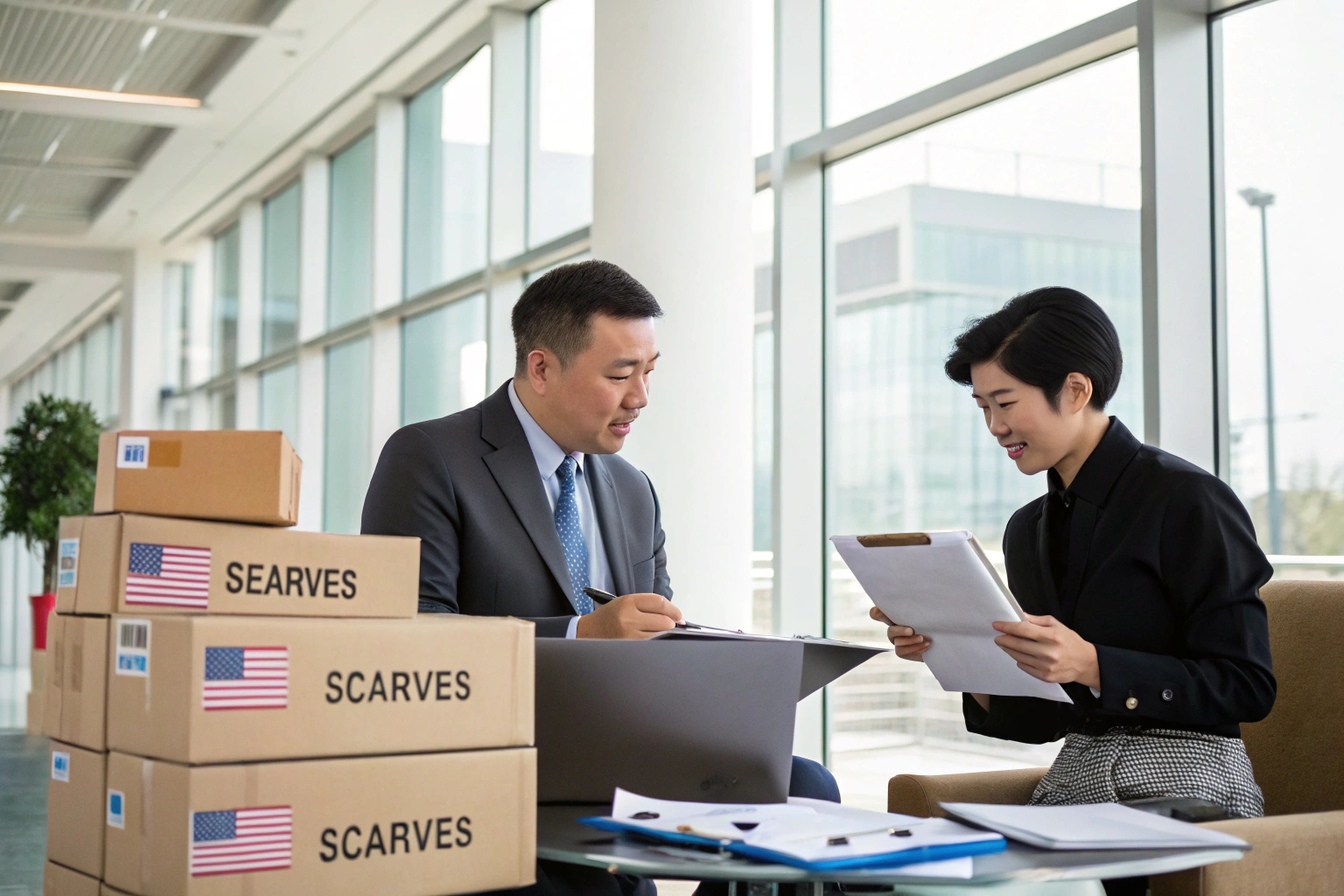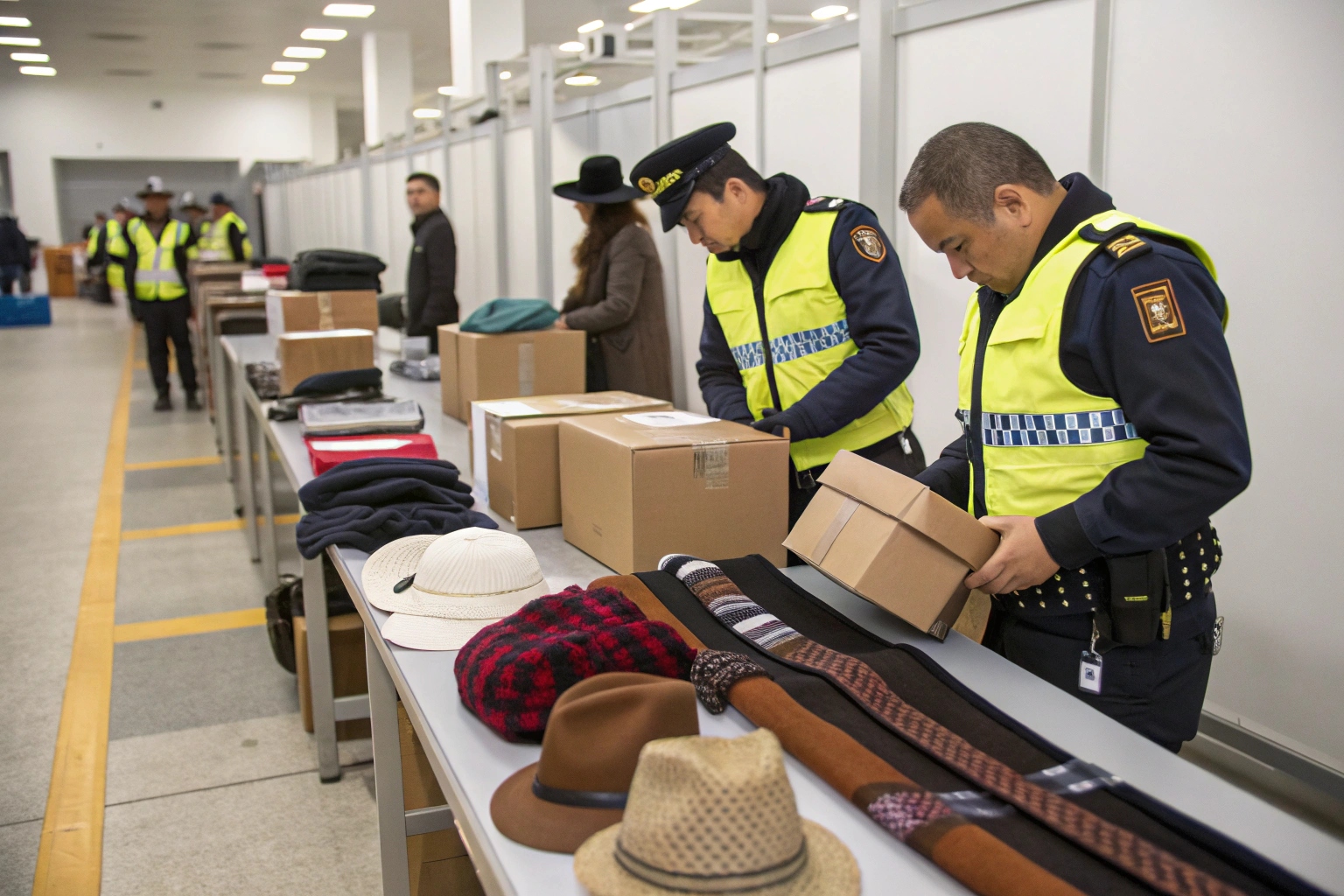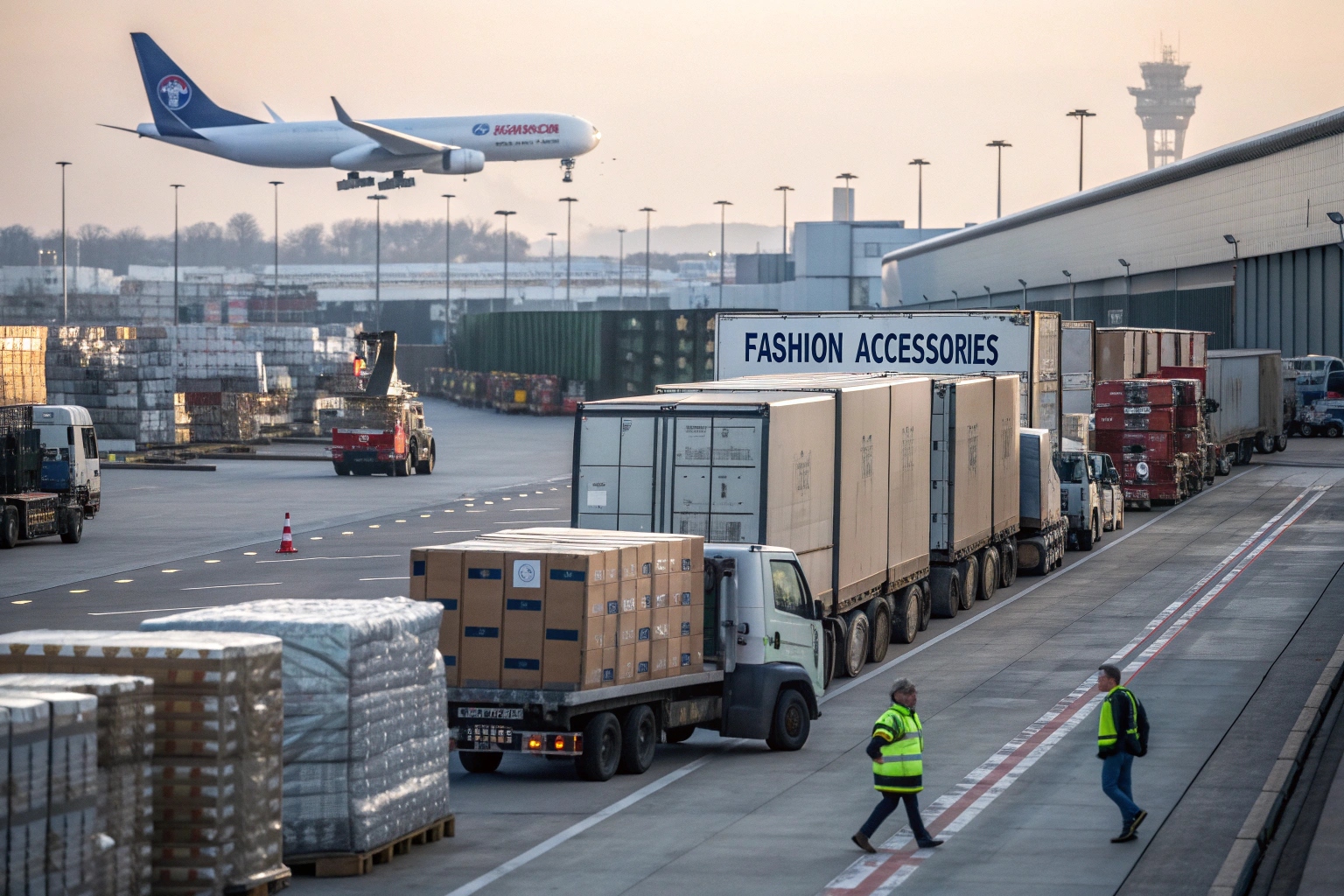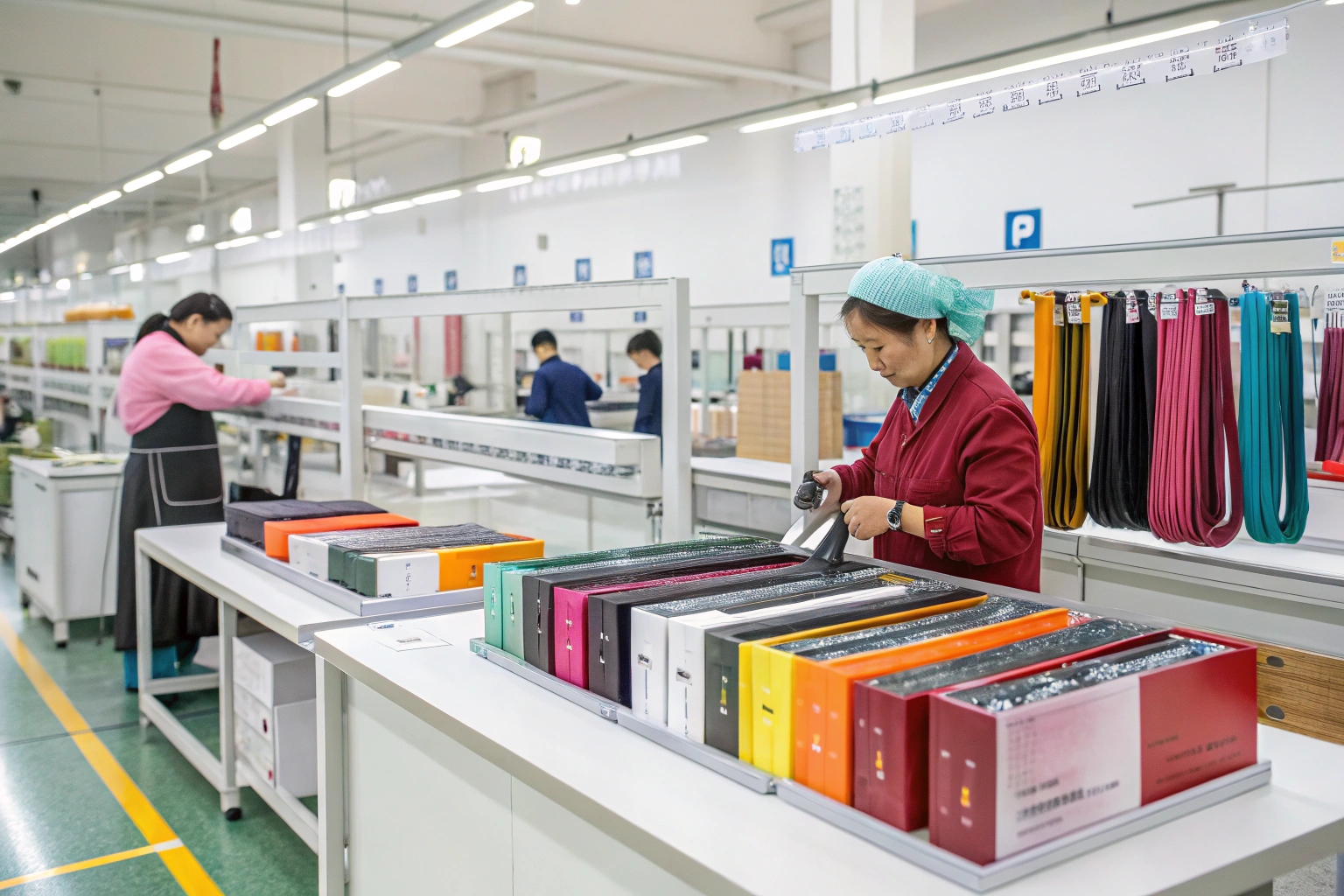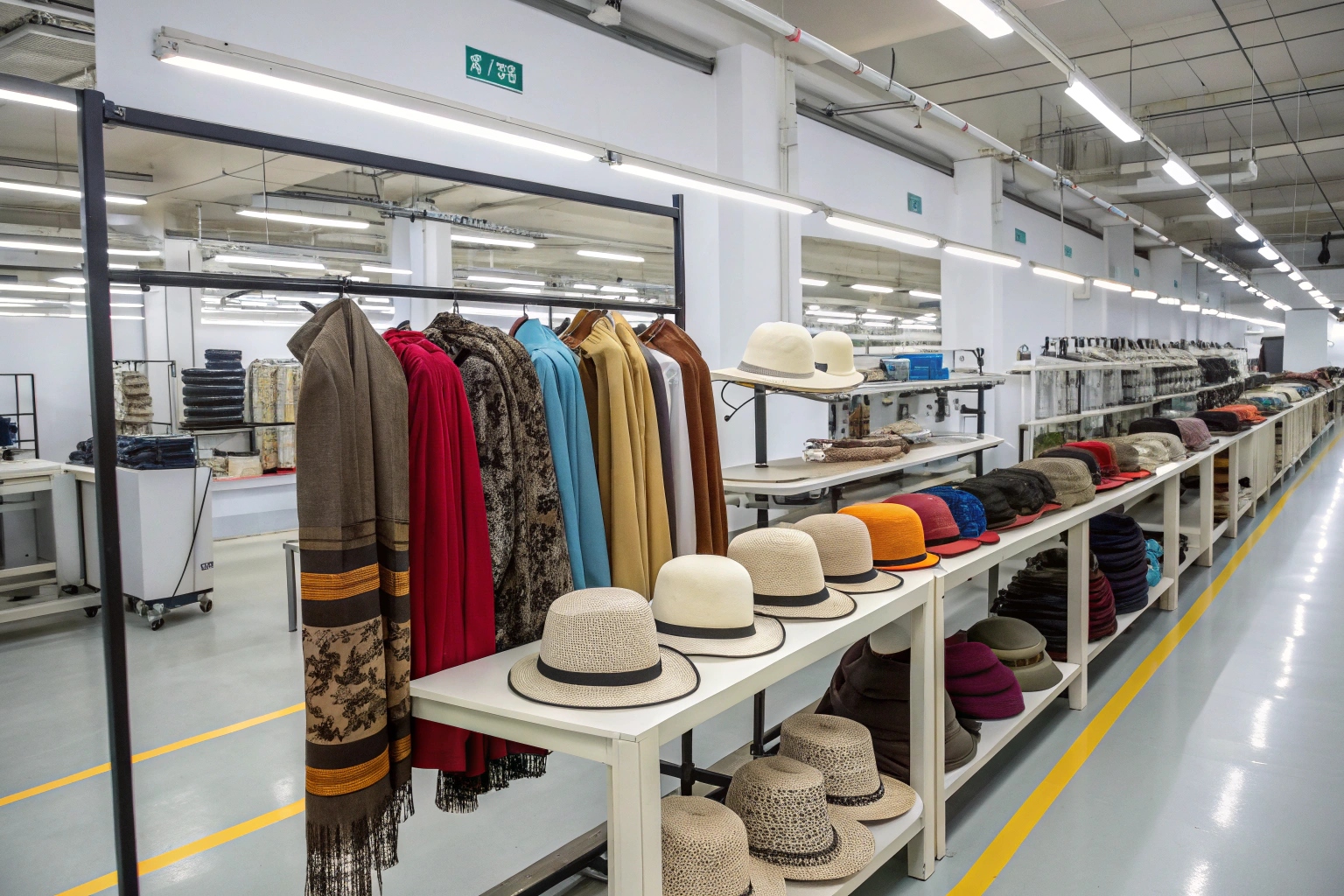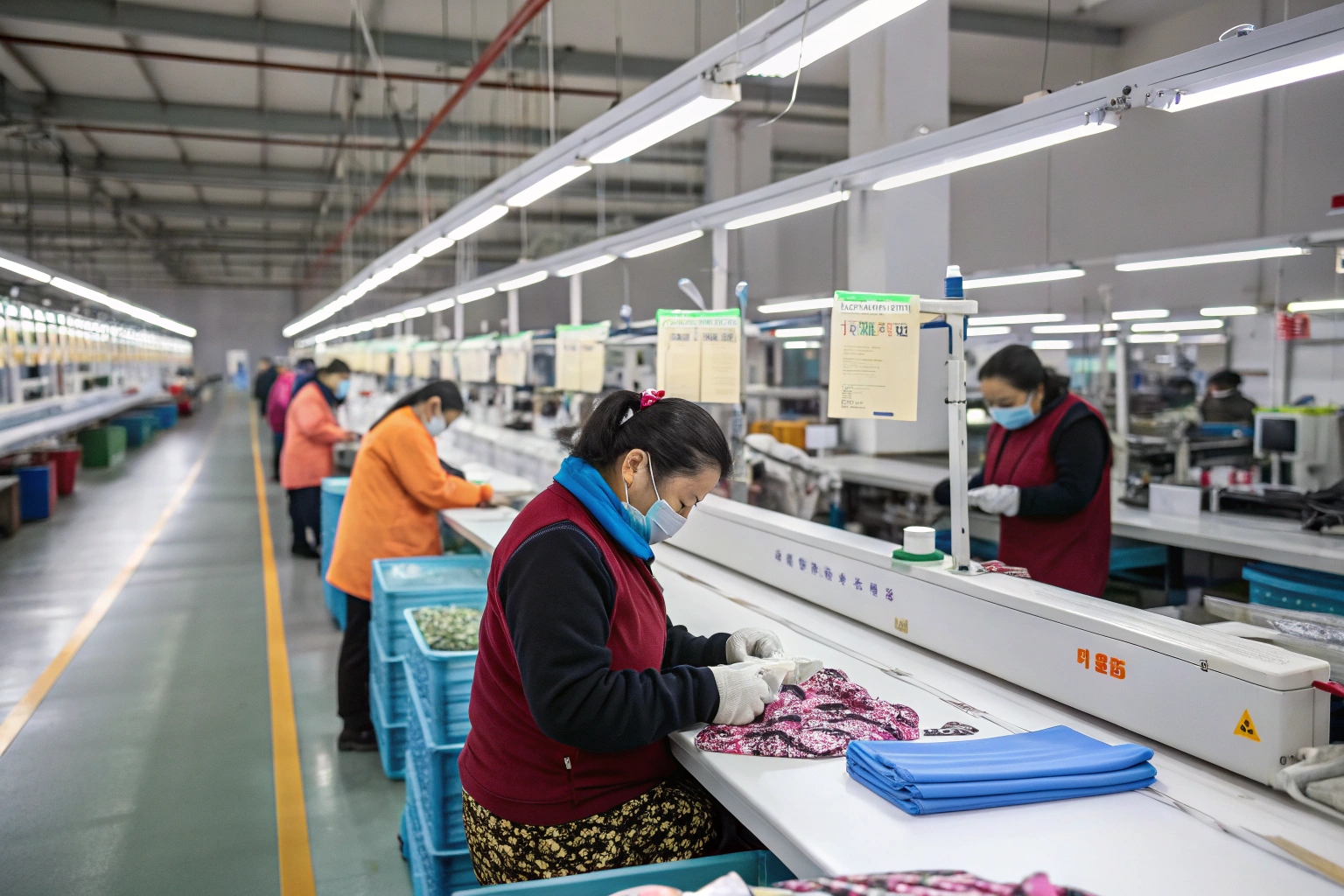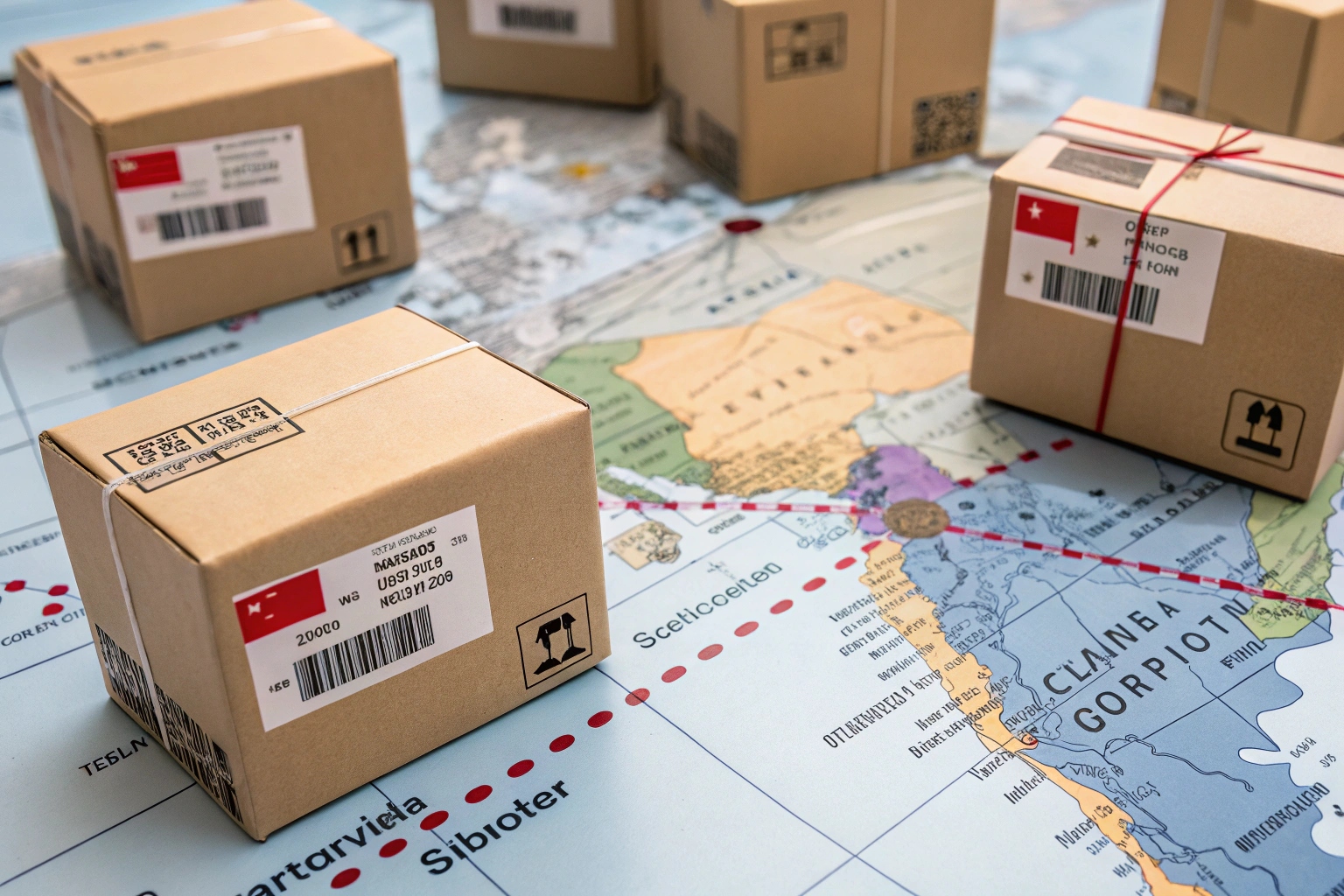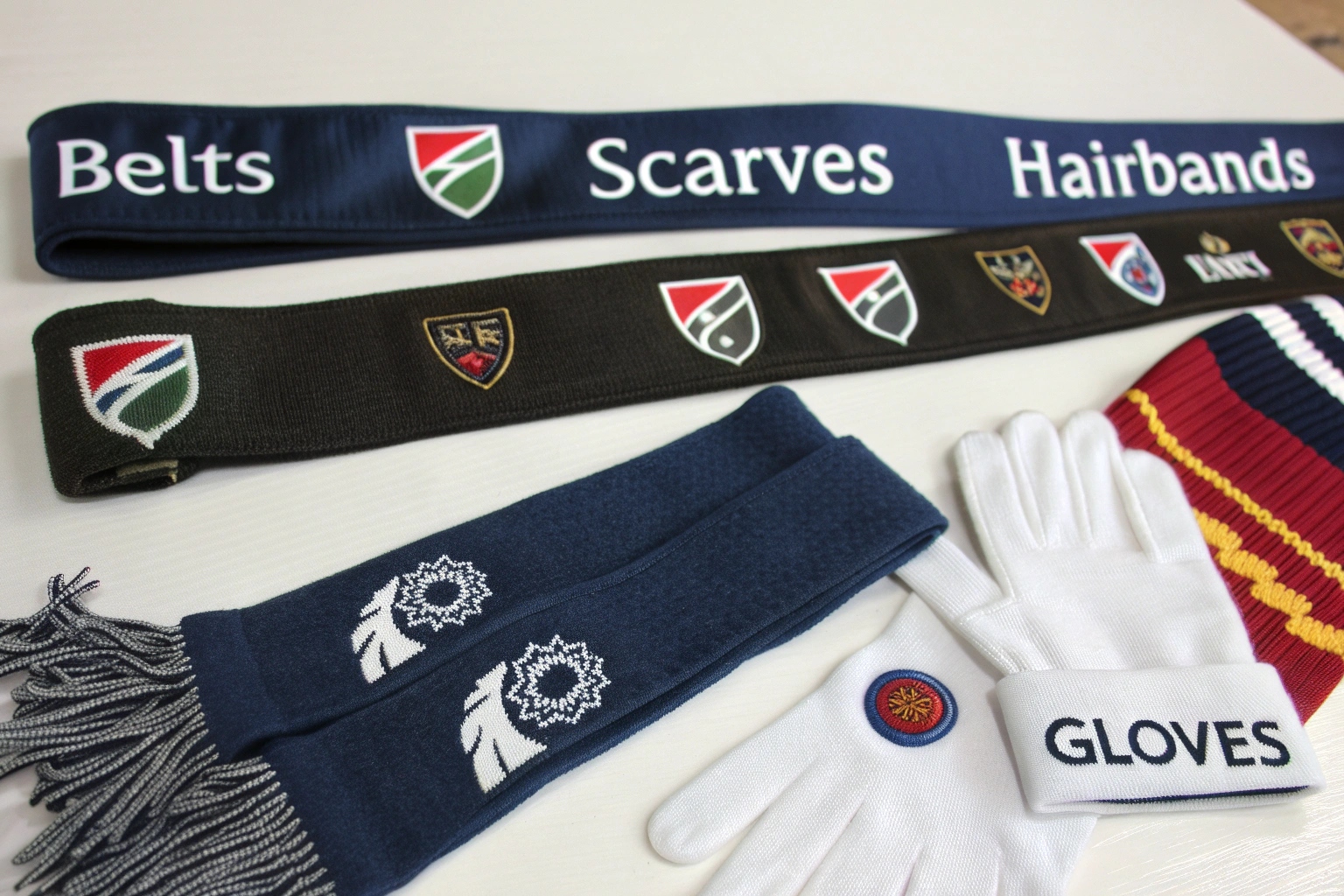Tariffs on Chinese products are hurting many U.S. importers—especially in the accessories business.
You can legally avoid China tariffs by using alternative HS codes, bonded warehouses, Section 321 de minimis, or re-routing through countries with free trade agreements.
As the owner of AceAccessory, a Chinese accessory export company, I’ve helped many American clients lower or eliminate tariff costs—without breaking the law. In this guide, I’ll share the strategies they’ve used and how you can do the same.
How to avoid China tariffs in the US?
Tariffs are a major concern for any U.S. business importing from China, especially in fashion and accessories.
The most effective ways to avoid tariffs on Chinese goods include Section 321, tariff engineering, and using bonded warehouses or third-country transshipment.
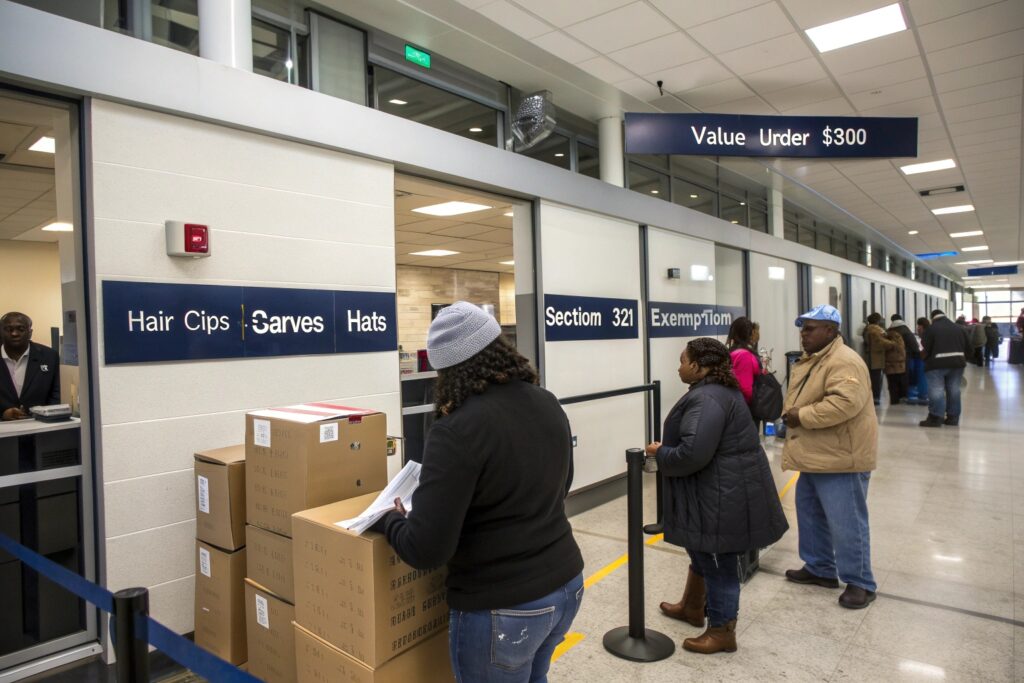
What is Section 321, and how can it help small-to-mid-sized U.S. accessory importers avoid tariffs legally?
Section 321 allows U.S. importers to bring in shipments valued under $800 per day, per recipient, tariff-free. Many of our small-to-medium U.S. buyers use this option, especially for e-commerce or boutique orders. If your accessories (like hair clips, scarves, or gloves) are packed in smaller lots and shipped by air express or cross-border truck from Mexico or Canada, they qualify under this rule.
Some clients set up multiple receiving addresses or rotate company names. As long as you're not exceeding the $800 limit per shipment per day, it’s entirely legal.
You can also use bonded warehouses in Los Angeles, Houston, or Long Beach. Your cargo enters duty-free, is stored, and only leaves the zone once ready for final domestic delivery—possibly after reworking or reclassifying the goods.
| Method | Tariff Benefit | Risk Level | Best For |
|---|---|---|---|
| Section 321 | 100% duty-free <$800 | Low | DTC brands, e-com sellers |
| Bonded Warehousing | Defers duty or avoids it | Low | Bulk imports, restocking |
| Tariff Engineering | Change product design | Medium | Product dev-focused brands |
| Re-routing via 3rd Country | Avoids "Made in China" label | Medium | Mid-large importers |
These tactics require planning, but we’ve built relationships with U.S.-based agents and warehouses that can support them. Our U.S. clients appreciate that we don’t just make products—we help them ship smarter.
How do HS codes and product labeling affect your tariff rate?
Many accessory products fall into "fashion" categories with high tariff rates—up to 25% after the 301 tariffs. But a change in material composition, declared end-use, or even slight structural tweaks can move a product into a lower-tax code.
For example:
- A synthetic scarf may carry 14%+ duty under 6214.30, but changing it to over 70% cotton could classify it under 6117.10, taxed much lower.
- Hair clips labeled “children’s decorative toys” under the right conditions may be taxed less than adult-use accessories.
That’s where our R&D team helps. When clients show us their existing catalog, we explore compliant alternatives that legally qualify for better HS codes. We also print compliant labels and support paperwork to prevent border delays.
Does China have tariffs on US imports?
Some importers worry if sourcing from China might cause trouble when exporting to China or selling domestically there.
Yes, China applies tariffs on many U.S. goods, especially food, tech, and automotive products—but not on most fashion accessories.
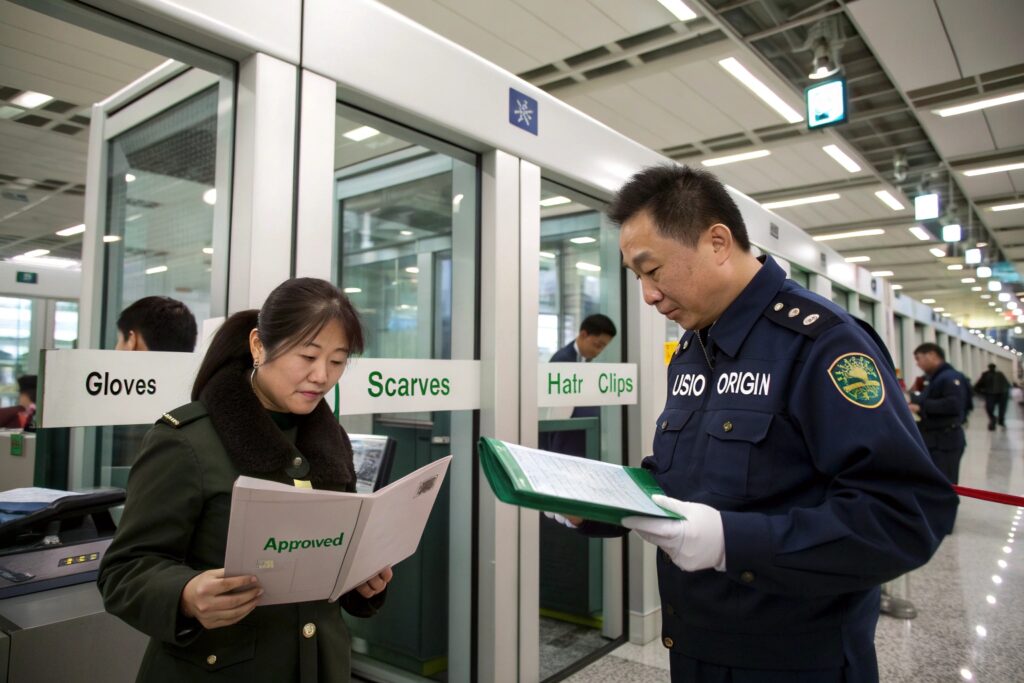
Will China’s tariffs on U.S. goods impact your accessory exports from China?
If you're a U.S. importer sourcing from China, this doesn’t concern you directly. China’s tariffs apply to U.S. products entering China—not to exports from China to the U.S. That’s an important distinction.
As a Chinese accessory exporter, I can confirm we don’t pay any extra duty for exporting belts, scarves, or gloves to the U.S.—the tariff is applied on your end by U.S. Customs.
The Chinese government sometimes offers tax rebates (VAT rebates) to encourage exports. In fact, accessories are part of the rebate-supported list in many provinces. So even if raw materials cost us more, we offset this and keep pricing stable.
| Product Type | Tariff from U.S. to China | Tariff from China to U.S. |
|---|---|---|
| Hair Accessories | 0–5% | 10–25% (depending on code) |
| Cotton Apparel | 0–8% | 10–25% |
| Electronic Gadgets | 10–25% | 0–15% |
| Toys | 5–10% | 0–10% |
So when clients ask if tariffs go both ways—the answer is yes, but in fashion accessories, China does not impose major penalties on U.S. goods, and definitely not on exports heading to the U.S.
Does the China tariff situation affect shipping or customs clearance timelines?
Not directly. While there’s political tension, our shipments from Ningbo or Yiwu still clear U.S. Customs under regular inspection timelines. If your HS code is flagged for higher scrutiny, our logistics partners help pre-clear documents.
For example, we recently handled a batch of faux-leather belts using a revised declaration that matched U.S. preferences—saving both time and tax. The package moved from our Zhejiang factory to Los Angeles warehouse in 23 days with no holdups.
Did Trump remove tariffs from China?
Many importers still ask whether the “Trump tariffs” were temporary or removed by later administrations.
No, the Trump-era tariffs on Chinese imports—known as Section 301 duties—remain in place as of 2025.
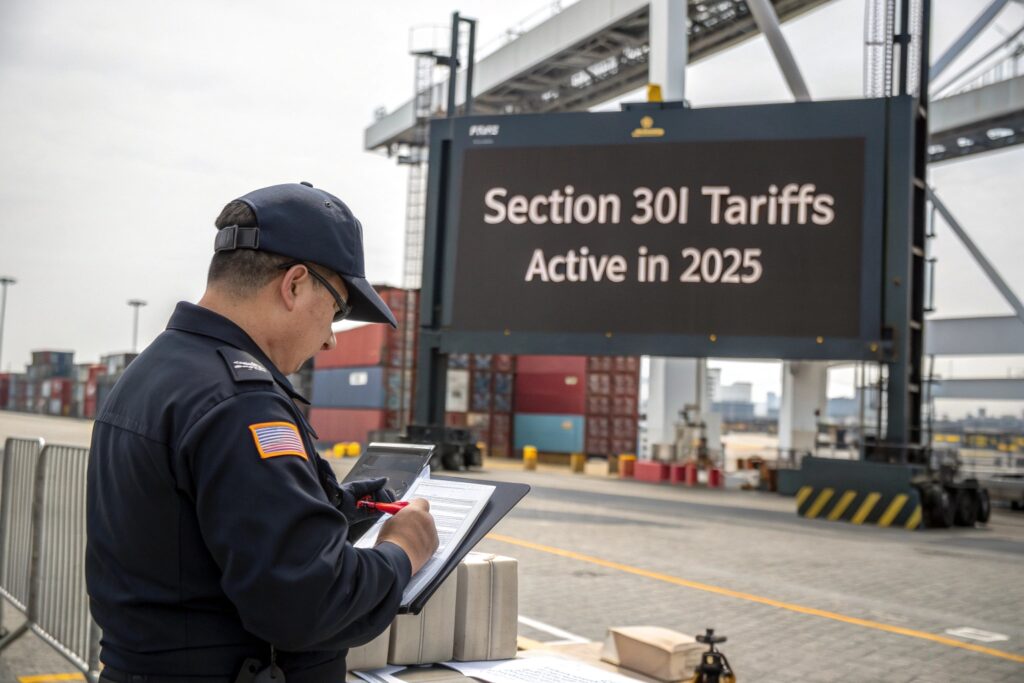
Why did the U.S. keep tariffs from the Trump administration even after Biden took office?
The Section 301 tariffs were introduced during the Trump presidency as part of a broader strategy to counter China’s trade practices. When President Biden took office, many expected a rollback. However, the tariffs stayed—especially for product categories where domestic U.S. production is limited.
Accessory categories like headwear, belts, gloves, and scarves fall into this group. The logic is that these items are hard to replace with domestic U.S. suppliers, so the government uses tariffs to push importers to shift sourcing elsewhere—or pay more.
| Year | Tariff Level Maintained | Key Categories Affected |
|---|---|---|
| 2018 | 10–25% | Fashion, tech, machinery |
| 2021 | 10–25% | Apparel, accessories, toys |
| 2024 | 10–25% | No change |
| 2025 | 10–25% | Renewed for many items |
At AceAccessory, we’ve had to work with clients on long-term strategies—redesigning products, using mixed-origin components, or shipping through Vietnam or Mexico when volume made it worth the detour.
What’s the future of tariffs on Chinese accessories under U.S. trade policy?
No one can predict the next administration, but it’s clear that tariffs are now a long-term policy tool—not a temporary event. Buyers who treat tariffs as a permanent cost structure will outperform those waiting for change.
Some of our clients build in tariff-neutral pricing. Others negotiate long-term payment terms with us to ease cash flow. Either way, we help each one adapt—not just react—to these rules.
Do I have to pay customs for a package from China in 2025?
This is one of the most common questions among new or small-scale U.S. buyers.
Yes, most commercial shipments from China require paying U.S. customs duties in 2025—unless they qualify for exemptions like Section 321.
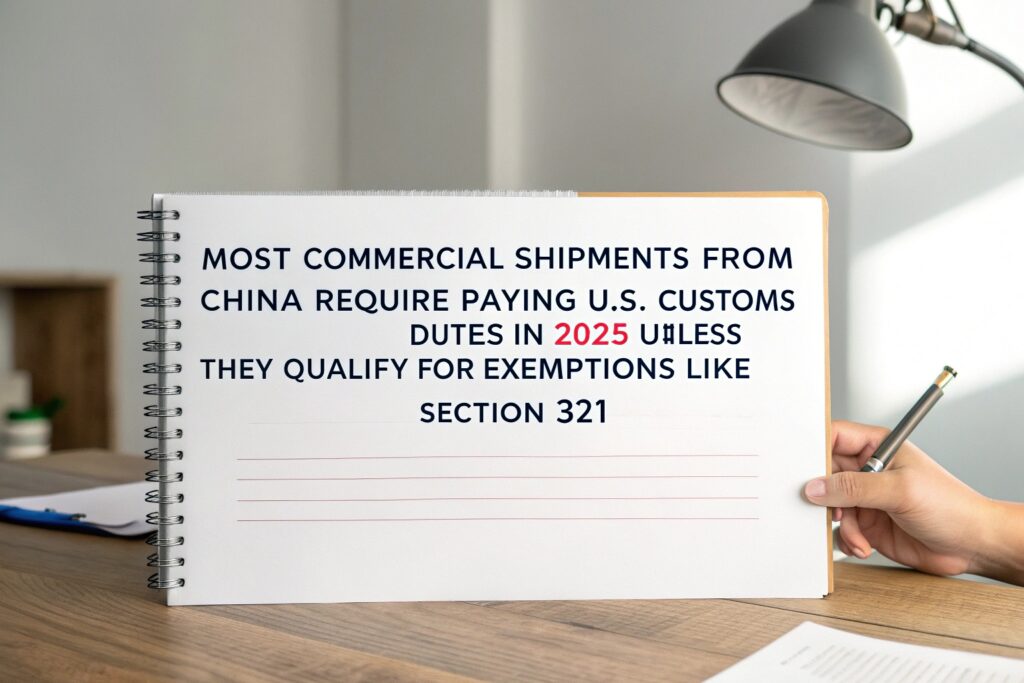
What determines whether you must pay customs duties when importing from China?
It depends on three things:
- Declared Value – If it’s below $800, it might qualify for Section 321 and skip duties.
- Product Type – Some items have no duties, while others (like accessories) are tariffed.
- Shipping Method – Express air shipments often pre-clear duties. Sea freight requires formal entry.
Here’s how it works:
| Scenario | Customs Duty Applies? | Suggested Strategy |
|---|---|---|
| Single $500 package via FedEx | No (Section 321) | Ship DDP via express |
| $10,000 bulk container of scarves | Yes | Use HS optimization, bonded WH |
| $100 eBay order of hair clips | No (if labeled gift) | Confirm de minimis compliance |
| $300 box of promotional belts | Depends on terms | Pre-pay DDP with exporter |
Many of our customers ask us to quote DDP (Delivered Duty Paid) terms. That means we handle customs clearance and taxes on their behalf, and the price they pay is all-inclusive.
We’ve done this for clients in California, Texas, and Florida. They don’t have to worry about CBP forms or surprise fees. We handle it all from our end.
What’s the risk of not declaring or under-declaring value to skip customs?
Some new importers think they can get around customs by declaring false values. This is risky. U.S. Customs can inspect, seize, or fine such shipments. Also, it ruins trust with forwarders and partners.
Instead, use legal tools. Ship multiple smaller parcels under $800. Pre-arrange DDP. Or better yet—talk to a factory like us, who knows how to plan logistics that match your compliance needs.
Conclusion
Tariffs on Chinese accessories may be unavoidable—but they can be managed. At AceAccessory, we don’t just manufacture high-quality goods. We help our U.S. clients ship smarter, clear customs faster, and save money legally. If that’s what you’re looking for, let’s talk.

